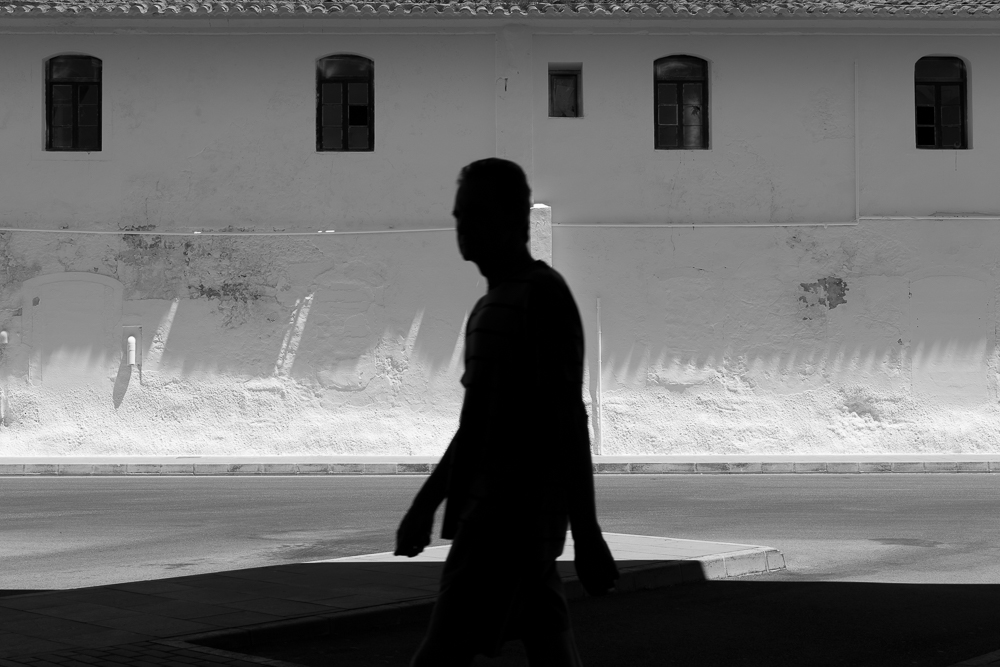A great deal of ink has been spent in the photographic press on the question of the superiority of digital photography over film and the former’s inexorable rise to prominence in the industry. Fear not, for this is not yet another film vs digital tract; I think my own position of a ‘either or both, as you desire’ is a subtext of my blog, if not something I have broached on occasion.
I think a better question, in this golden age of availability of photographic equipment and consumer choice, is ‘what aspects of your photography do you enjoy?’ Then there is a related question: how might an answer help you shape your engagement and buying choices?
I am enamoured with small format cameras that have the potential to make big prints. My Sony A7II fits this bill very well, and there are other Sonys that fit the bill even better (I have in mind the A7 ‘R’s and their iterations, and naturally we could add other makes and models). I like to walk around with a piece of technology with this capability in my hand. The digital viewfinder has the ability to aid rigorous focussing and this is an integral part of large-print making.
Yet I am aware that the experience of using the Sony A7 viewfinder leaves me a little cold. For this part of my photography I look to my Leica M6TTL and mostly black and white film. An uncluttered viewfinder in combination with the most simple operation brings me closer to my subject and lets me focus on the moment. The thought of the exposure being laid on film, together with my understanding of how to process and print my images - in short, my visualisation - is integral to my existential photographic pleasure. (Lest my struggle for the right words imply an otherworldly dimension to this, I think this is a largely technical and mechanical effect - belonging to the medium.) Do my Leica negatives compete with my Sony A7 for large prints? Of course not, nor do I expect them too. The point is that the Leica brings a quite different dimension to my practice.
When I analyse my choices in the acquisition of equipment, I realise that I have made some very conscious decisions regarding what I enjoy, and moreover that I live with the compromises of my chosen media because I see them as integral parts of it. Living with limitations makes you work with them, and before too long you begin to enjoy them too. Critical photographers will ask not just what they need, but whether what they have is still right for them. For me, simply possessing it means that it must continue to be chosen - or be replaced by something else that gets me closer to this photographic enjoyment.
So look not on your equipment as a marker in an evolutionary scale of advancement (the old digital bettering film), its increasing age signalling a need for replacement, but as an indication of your photographic enjoyment. ‘Upgrade’ if you must, not to abstractly improve your equipment, but to better serve your personal and idiosyncratic needs.
Window Light and Flowers, Sony A7II, processed in Lightroom




